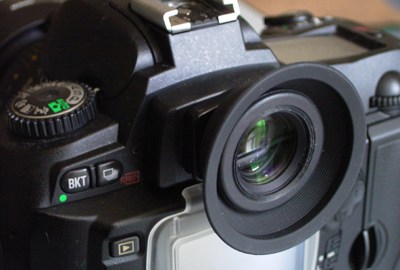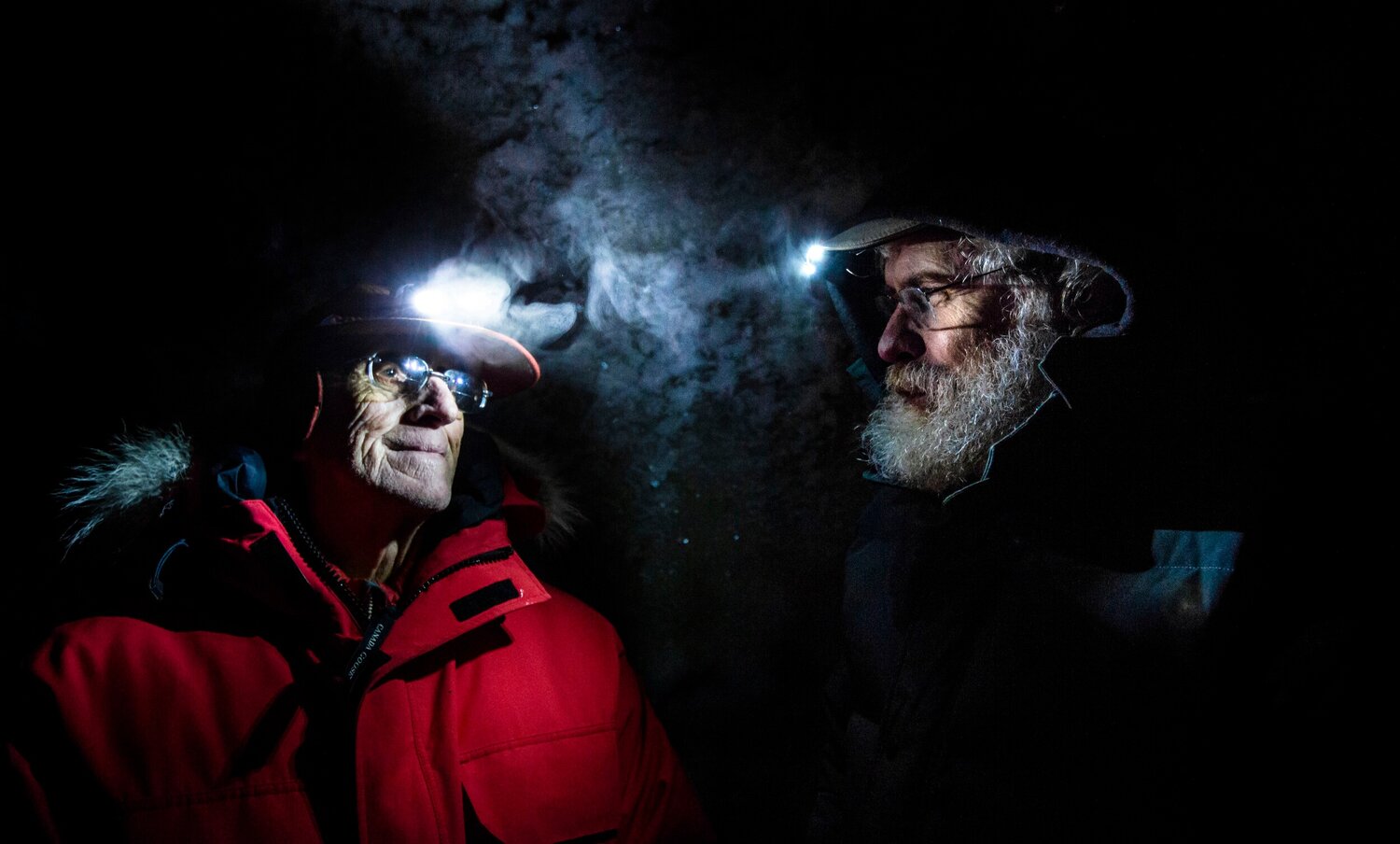View, Look, See: Improving Your Photographic Eye

With a college student in art school who was leaning towards photography as a major just a few weeks ago, Learning To See Creatively by Brian Peterson seemed to be a natural choice as a Christmas gift. Originally published in 1988 by an award winning photographer with a wealth of experience, the introduction in the revised edition had a relaxed, intimate tone that was so seductive, I found myself slowly turning page after page as I sat among piles of boxes and discarded wrapping paper. My assessment? Peterson’s practical approach to thinking about design, color and composition can help even the casual picture taker improve the visual impact of their photos.
By the time I put the book down, I was already looking at the world around me with different eyes. I stood in front of the digital picture frame next to the Christmas tree and watched the beach photos I’d taken last summer flick by one at a time. Many of the basic elements of design were evident — line, shape, form, texture — but none of my pictures came close to approaching the level of the color plates in the manual.
The author focuses on several techniques he actually uses in his work to see more creatively through the camera lens, including lying on his back and looking up, getting down on his knees, and elevating himself via ladders, balconies and cherry pickers to increase the drama of a composition. Peterson has worked with American Express, BP, Kodak, UPS and other corporate clients, providing them with images that adorn annual reports and print advertising campaigns. Each page contains a photo or series of photos, along with an explanation of the planning involved and the techniques that were used to show how the author achieved the end result.
Peterson’s enthusiasm for his craft is immediately evident. The zest with which he writes about the minor discoveries he made early on as a beginning pro, discoveries that helped to propel his career forward, keeps the reader fully engaged in subject matter usually rendered with sterile prose in a more traditional instructional style.
I also have a vivid memory of the first time I looked up with my 50mm lens. After spending most of one morning shooting autumn leaves on the ground in a large aspen grove, I decided to take a break. While lying on my back, I reached for my camera just to take a look at the canopy of trees and blue sky overhead. Wow!
Learning To See Creatively by Brian Peterson
While exploring in my imagination the simple, easily implemented exercises the author included in each chapter, I reminisced about the 35mm camera I’d owned as a teenager and the struggles I had endured to try to get my exposures to look like the ones I saw in Photographic or Popular Photography.
For a young art student, it is hard to know exactly which experience or resource will provide the impetus for their own small discoveries as they learn how to look at the world with a more perceptive eye. And even though our freshman is still feeling her way around the art world, I think the lessons in this book can help her immensely, whichever direction her artistic impulses ultimately take her.





